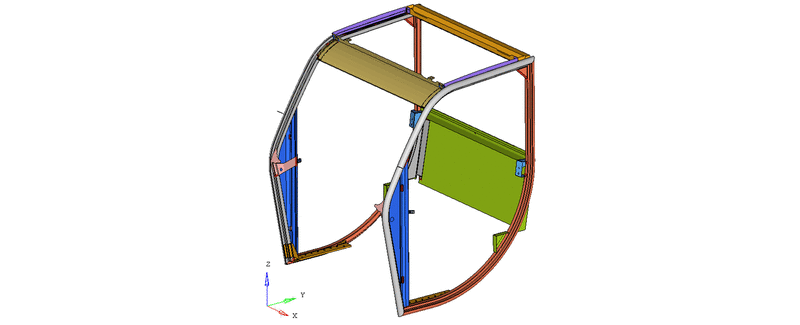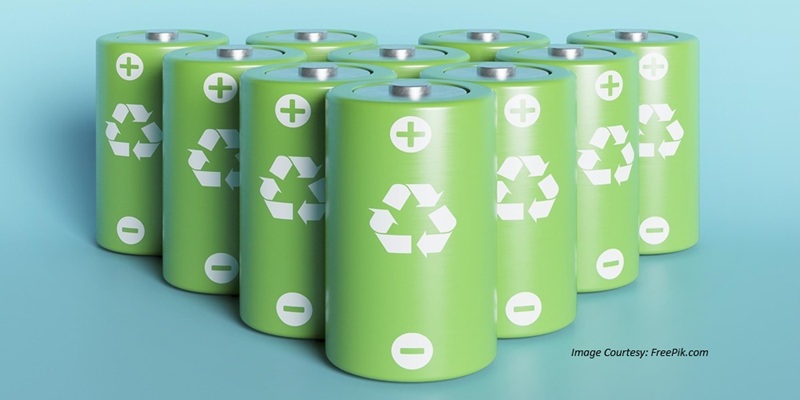Schedule a Call Back
Adhesives make multipurpose vehicle cabin lightweight
 Articles
Articles- Aug 28,19

Related Stories

Adhesives make multipurpose vehicle cabin lightweight
The structural bonding technology has proved itself as a real alternative to welding in the body shell stage. Walter Mauser GmbH and Henkel demonstrate in a common project, that a cabin frame, mainl..
Read moreRelated Products

Surface Protection Film
Spark adhesives offers a wide range of surface protection
film.

Anaerobic Adhesives
Parson Adhesives India Private Limited offers a wide range of anaerobic adhesives.

Speciality Adhesives & Emulsions
Sonal Adhesives Limited offers a wide range of speciality adhesives & emulsions.














